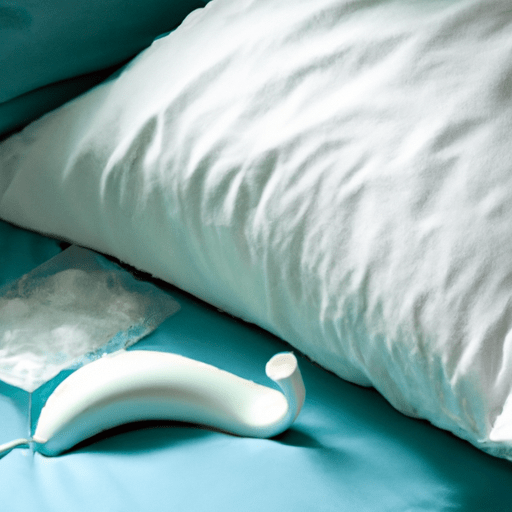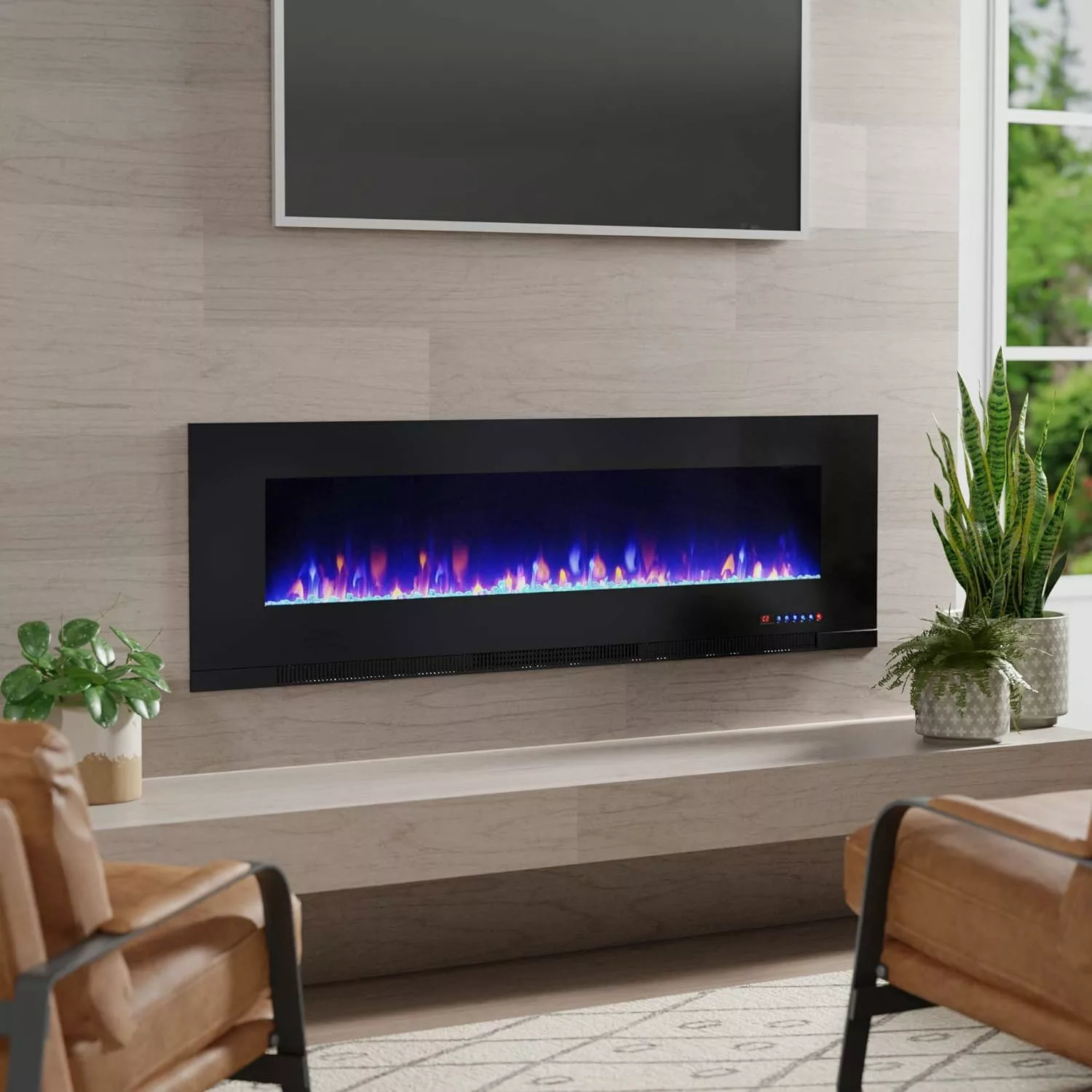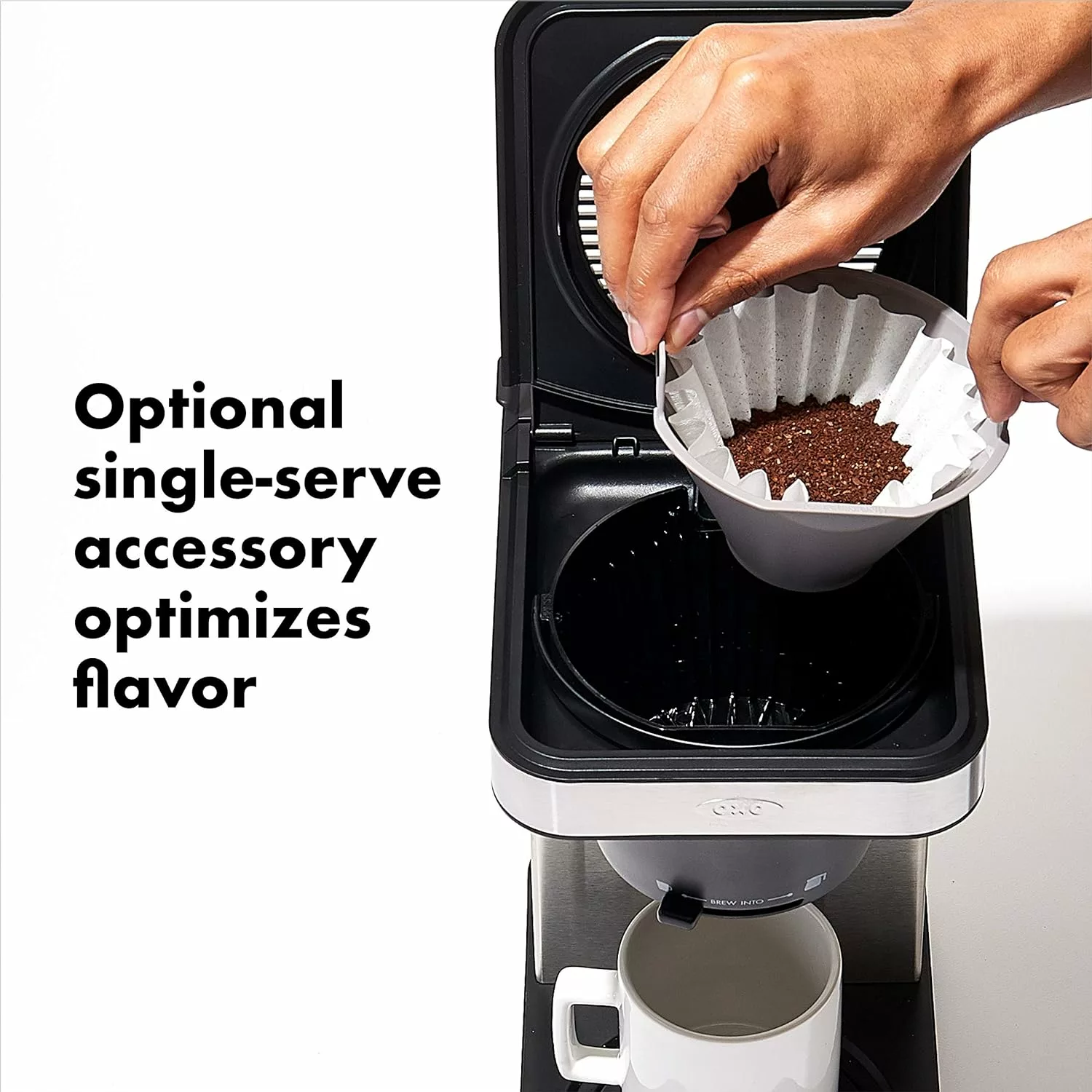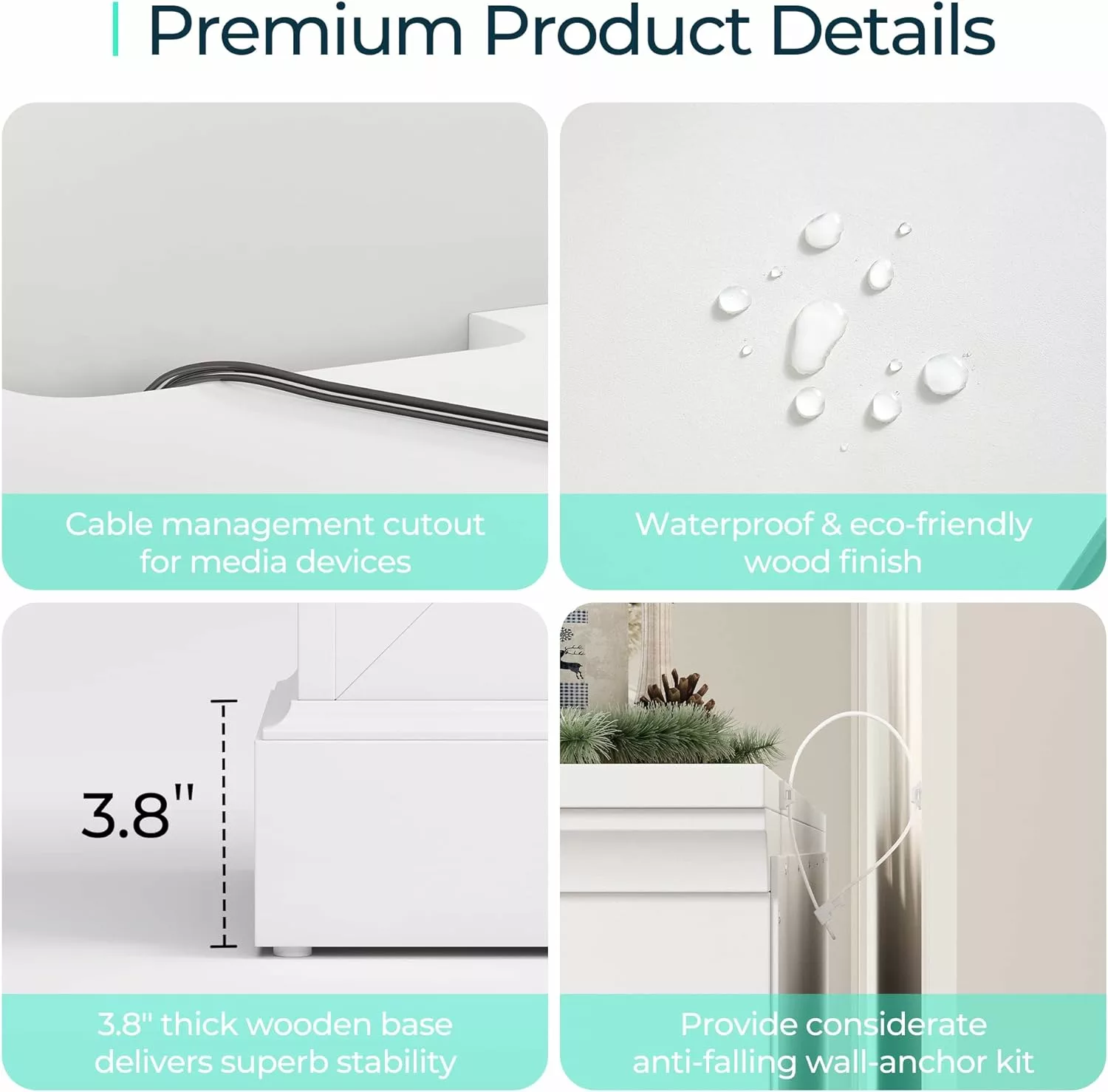So, you’ve just got yourself a fabulous hot tub and couldn’t wait to relax and unwind in its warm, bubbling water. But wait! What do you do when your spa suddenly encounters an issue? Don’t worry! In this article, we’ll guide you through the troubleshooting process and help you get your hot tub back up and running in no time. From tackling low water pressure to dealing with a malfunctioning heater, we’ve got your back. So, put on your problem-solving hat, grab a cup of tea, and let’s troubleshoot those common hot tub issues together!
1. Water Flow Issues
One common issue that you may encounter with your hot tub is water flow problems. These can range from low water flow to no water flow at all. Let’s explore each of these issues and discuss potential solutions.
1.1 Low Water Flow
If you notice that the water flow in your hot tub is significantly reduced, there are a few things you can check. First, make sure that the filter is clean and not clogged. A dirty or clogged filter can restrict water flow. If the filter is clean, you can also check if the jets are partially closed. Adjusting the jet knobs or valves may help increase the water flow.
1.2 No Water Flow
If you turn on your hot tub and there is no water flow at all, the first thing you should check is if the water level is adequate. Low water levels can cause the jets to be inactive. Ensure that the water level is above the minimum mark indicated by the manufacturer. Additionally, check if the shut-off valves on the plumbing lines leading to the hot tub are open. Closed valves will prevent water from flowing into the tub.
1.3 Weak Jets
Weak jet pressure can be frustrating during a hot tub session. If you experience weak jets, the first step is to check if the water filter is clean. A clogged filter can impede water flow and weaken the jet pressure. Another potential cause could be an airlock in the plumbing lines. To remove the airlock, you can try bleeding the air out of the system by loosening the unions on the hot tub’s equipment. If this doesn’t resolve the issue, inspect the pump and ensure it is working correctly.
2. Water Temperature Issues
Another common issue that hot tub owners face is water temperature problems. Whether the water is too hot, too cold, or the temperature is inconsistent, it can disrupt your hot tub experience. Here are some troubleshooting steps for each scenario.
2.1 Too Hot
If your hot tub water is too hot, the first thing to check is the thermostat setting. Ensure that the temperature is not set to an excessively high level. If the temperature seems appropriate, but the water remains too hot, you may want to check the heater element. A faulty or malfunctioning heater element could cause the water to become excessively hot, and it may need to be replaced.
2.2 Too Cold
On the other hand, if your hot tub water is not reaching the desired temperature, first check the thermostat settings. Make sure the temperature is set to the desired level. If the temperature is set correctly but the water remains cold, you should inspect the heater element. A worn-out or damaged heater element may not effectively heat the water and might require replacement.
2.3 Inconsistent Temperature
If you notice that the water temperature in your hot tub is inconsistent, fluctuating between hot and cold, there may be a couple of reasons for this issue. Start by checking the thermostat sensor. Ensure that it is properly positioned and not obstructed. Additionally, a malfunctioning or failing control board could be causing temperature inconsistencies. In such cases, you may need to consult a professional technician to diagnose and resolve the issue.

This image is property of images.unsplash.com.
3. Power and Electrical Problems
Power-related problems can also affect the operation of your hot tub. Let’s look at some common power and electrical issues and how to troubleshoot them.
3.1 Hot Tub not Turning On
If your hot tub is not turning on at all, the first thing to check is the power supply. Ensure that the hot tub is plugged into a functioning power outlet or that the circuit breaker supplying power to the tub is not tripped. If the power supply is not the issue, you should inspect the GFCI (Ground Fault Circuit Interrupter) outlet. Press the “Reset” button on the outlet to see if that resolves the problem. If not, you may need to contact an electrician to check the wiring and connections.
3.2 Blown Fuses
If you find that your hot tub keeps blowing fuses, it could be a sign of an underlying electrical issue. Start by checking the amp rating of the fuse. Ensure that it matches the recommended amp rating for your hot tub model. If the fuse is the correct size, there may be a short circuit in the electrical system. In such cases, it is best to consult a professional electrician to identify and repair the underlying issue to prevent further fuse blowouts.
3.3 Tripped Circuit Breakers
If your hot tub suddenly loses power, it may be due to a tripped circuit breaker. Locate the electrical panel or breaker box and check if any breakers have tripped. Resetting the breaker by turning it off and then on again should restore power to the hot tub. If the breaker continues to trip repeatedly, there may be a specific issue with the hot tub’s electrical system that requires professional intervention.
4. Filter Problems
Proper filtration is crucial for maintaining clean and clear water in your hot tub. However, filters can encounter their fair share of issues. Let’s take a closer look at some common filter problems and how to address them.
4.1 Dirty or Clogged Filters
Dirty or clogged filters can impede water flow and lead to reduced jet pressure and inadequate filtration. Regularly cleaning and maintaining your hot tub filter is essential to prevent these issues. Follow the manufacturer’s instructions for proper cleaning and maintenance. If the filter is excessively dirty or damaged, consider replacing it with a new one.
4.2 Inadequate Filtration
If you notice that the water in your hot tub is cloudy or has visible debris even after cleaning the filters, it could indicate inadequate filtration. In such cases, you may need to upgrade to a higher-quality filter or increase the frequency of filter cleaning. You can also consider using a clarifier product to enhance the filter’s performance and improve water clarity.
4.3 Filter Pump Failure
If your filter pump is not functioning correctly, it can disrupt the filtration process. First, check if the pump motor is running. If the motor is not turning on, ensure that the power supply is connected and the circuit breaker or fuse is not tripped. If the power supply is intact but the pump is still not running, there may be an issue with the motor or pump assembly that requires professional repair or replacement.

This image is property of images.unsplash.com.
5. Leaks
Discovering a leak in your hot tub can be quite alarming. Promptly addressing leaks is crucial to prevent further damage. Here are some steps to identify and fix leaks in your hot tub.
5.1 Identifying a Leak
To identify a leak, visually inspect the hot tub’s plumbing, fittings, and connections. Look for signs of water pooling, dampness, or discoloration around these areas. Small cracks or holes in the shell may also be the source of the leak. If you are unable to locate the leak visually, you can perform a “bucket test” by filling a bucket with water and placing it on the steps or a seat in your hot tub. Monitor the water level in the bucket compared to the hot tub. If the water level in the hot tub drops faster than in the bucket, it indicates a leak.
5.2 Fixing Minor Leaks
Minor leaks, such as those from plumbing fittings, may be fixable with simple DIY solutions. Start by ensuring that the fitting is securely tightened. If the leak persists, you can try applying a waterproof sealant or plumber’s tape to seal the area. However, keep in mind that these are temporary fixes, and for a long-term solution, it is advisable to consult a professional to assess and repair the leak.
5.3 Professional Help for Major Leaks
Major leaks, such as those originating from the shell or equipment, are best handled by professional technicians. Attempting to repair these types of leaks yourself may lead to further damage or more significant issues. Contact a hot tub repair specialist who can assess the extent of the leak and recommend appropriate repairs. Remember, it is crucial to address leaks promptly to prevent further damage to the hot tub’s structure or components.
6. Control Panel Malfunctions
The control panel of your hot tub allows you to operate and adjust various features and settings. When the control panel malfunctions, it can be frustrating. Let’s explore some control panel issues and potential solutions.
6.1 Buttons Not Responding
If the buttons on your hot tub’s control panel are not responding, start by checking the power supply. Ensure that the hot tub is receiving power and that the control panel is properly connected. If the power supply is not the issue, the control panel itself may be faulty and require replacement. Consult the manufacturer’s instructions or contact customer support for further guidance on troubleshooting and obtaining a replacement control panel.
6.2 Error Messages on the Display
Error messages on the control panel display can indicate specific issues with your hot tub’s operation. Consult the owner’s manual or the manufacturer’s website to identify the meaning of the error message. Common error codes may refer to issues such as improper water flow, temperature sensor problems, or malfunctioning components. Follow the recommended troubleshooting steps provided by the manufacturer to resolve the specific error.
6.3 Resetting the Control Panel
If your control panel becomes unresponsive or experiences erratic behavior, a simple reset may help resolve the issue. Consult the owner’s manual for instructions on how to perform a control panel reset. Typically, this involves turning off the hot tub, switching off the power supply, waiting for a few minutes, and then turning everything back on. A reset can often clear temporary glitches and restore normal operation to the control panel.

This image is property of images.unsplash.com.
7. Pump Problems
The hot tub pump plays a vital role in circulating water and maintaining functionality. When pump issues arise, it can impact water flow, filtration, and overall performance. Let’s look at some common pump problems and troubleshooting steps.
7.1 Noisy Pump
If your hot tub pump is producing unusual noises such as grinding, squealing, or rattling sounds, it may be a sign of a problem. Start by checking if there are any obstructions in the pump or the adjacent plumbing lines. Blockages such as debris or airlocks can cause the pump to strain and produce noise. Clearing any obstructions and ensuring proper water flow can help resolve the issue. If the pump continues to make excessive noise, it may be a sign of a worn-out or failing motor, which may require professional repair or replacement.
7.2 Pump not Priming
When your hot tub pump fails to prime, it means that it is unable to draw in water effectively, resulting in insufficient water circulation. First, check if the water level is above the skimmer intake to ensure proper water supply to the pump. It is also crucial to inspect and clean the pump’s impeller. If debris or dirt is obstructing the impeller, it can hinder proper water flow. Clean the impeller and ensure it moves freely. If the issue persists, there may be a problem with the pump motor or other components that requires professional attention.
7.3 Unusual Vibration
Excessive vibration from the pump can be an indication of an imbalanced or misaligned pump. Start by checking if the pump is securely mounted on a stable surface. Loose or unstable mounts can cause vibrations. Ensure that all bolts and brackets securing the pump are tightened. If the vibration continues, inspect the pump’s impeller for any damage or wear. A damaged impeller can cause imbalance and result in excessive vibrations. If necessary, replace the impeller or contact a professional for further diagnosis and repair.
8. Heater Issues
The heater is a critical component of your hot tub, responsible for maintaining the water at the desired temperature. Here are some common heater issues and potential solutions.
8.1 No Heat
If your hot tub is not heating the water at all, the first step is to check the thermostat settings. Ensure that the desired temperature is set correctly. If the settings are correct but the water remains cold, you may need to inspect the heater element. A faulty heater element can cause a lack of heat. Consider consulting a professional technician to assess and replace the heater element if necessary.
8.2 Overheating
If you find that your hot tub water is reaching excessively high temperatures, it can be both uncomfortable and potentially unsafe. Start by checking the thermostat settings. Ensure that the temperature is set at a safe and desired level. If the temperature settings appear normal, you should inspect the thermostat sensors. Faulty or malfunctioning sensors can inaccurately read the water temperature and cause overheating issues. If you suspect a problem with the sensors, it is advisable to consult a professional for further diagnosis and repair.
8.3 Corroded Heater Element
Over time, the heater element in your hot tub may develop corrosion, especially if the water chemistry is not properly maintained. Corrosion can negatively impact the heater’s performance, leading to inefficient heating or failure. Regularly inspect the heater element and remove any scale or buildup that can contribute to corrosion. If the corrosion is severe or affecting the heater’s functionality, you may need to replace the heater element entirely. Consult a professional technician for guidance and assistance.

This image is property of images.pexels.com.
9. Sanitization and Chemical Balance
Maintaining proper sanitization and chemical balance in your hot tub is essential for your health and the longevity of the equipment. However, issues such as cloudy water, frequent pH imbalances, or excessive foam can occur. Let’s address some common problems related to sanitization and chemical balance.
9.1 Cloudy Water
Cloudy water in your hot tub can be indicative of improper chemical balance or insufficient sanitation. Start by testing the water’s pH, alkalinity, and sanitizer levels using appropriate test strips or a water testing kit. Adjust the chemical levels as needed based on the test results. Additionally, ensure that the hot tub’s filtration system is functioning correctly and that the filters are clean. Regularly shock or oxidize the water to remove any organic contaminants. If the water remains cloudy despite corrective measures, consider contacting a professional to assess the issue further.
9.2 Frequent pH Imbalance
An imbalance in pH levels can lead to various water-related issues, including skin and eye irritation. Regularly test the water’s pH levels and adjust them as necessary using pH increasers or decreasers. Proper water balance also includes maintaining appropriate alkalinity and sanitizer levels. Consult the manufacturer’s instructions or seek guidance from a pool and spa professional to ensure that you are using the correct chemicals and following recommended practices for maintaining proper water balance.
9.3 Excessive Foam
Foaming in your hot tub can be caused by a combination of factors, including high levels of organic contaminants and a buildup of chemical residues. Regularly clean and shock the water to reduce organic contaminants, and make sure the filtration system is functioning optimally. Additionally, ensure that you are using the correct dosage of chemicals and avoid over-adding foam control agents. If the foam persists, consult a professional for further guidance on resolving the issue.
10. Cover Problems
The hot tub cover serves an essential role in maintaining water temperature and cleanliness. However, cover-related issues can arise. Let’s discuss some common cover problems and potential solutions.
10.1 Cover Doesn’t Fit Properly
If your hot tub cover does not fit snugly or does not align correctly with the tub, it can lead to heat loss and potential water contamination. Start by inspecting the cover and ensuring that all straps, locks, and fasteners are securely in place. Adjust or tighten them as needed. If the cover has become warped or damaged, consider replacing it with a new one that fits properly. An ill-fitting cover can also indicate underlying structural issues with the hot tub itself, in which case professional assessment may be required.
10.2 Cover Damage
Hot tub covers can become damaged over time due to exposure to the elements or wear and tear. If you notice tears, cracks, or other signs of damage in your cover, it is advisable to repair or replace it promptly. Small tears or cracks can often be patched using repair kits designed specifically for hot tub covers. However, significant damage or aging may necessitate the purchase of a new cover to ensure proper insulation, safety, and functionality.
10.3 Water Accumulation on the Cover
Accumulated water on your hot tub cover can be a problem, as it can add weight, lead to cover damage, and potentially affect insulation. Ensure that the cover is correctly positioned and the straps or clips are securely fastened to prevent water from pooling. If water accumulation persists, it may be due to a faulty cover seal. Inspect the seal and replace it if necessary. Additionally, consider using a cover lift system to keep the cover slightly elevated, allowing water to drain off more easily.
In conclusion, understanding common issues that can arise with hot tubs and how to troubleshoot them is essential for maintaining optimal performance and longevity. By following the steps outlined in this comprehensive guide, you can address various problems related to water flow, temperature, power, filters, leaks, control panels, pumps, heaters, sanitization, and covers. Remember, while some problems can be resolved with simple DIY solutions, it is important to consult a professional when encountering complex or persistent issues to ensure the safety and proper functioning of your hot tub. Happy hot tubbing!

This image is property of images.pexels.com.




